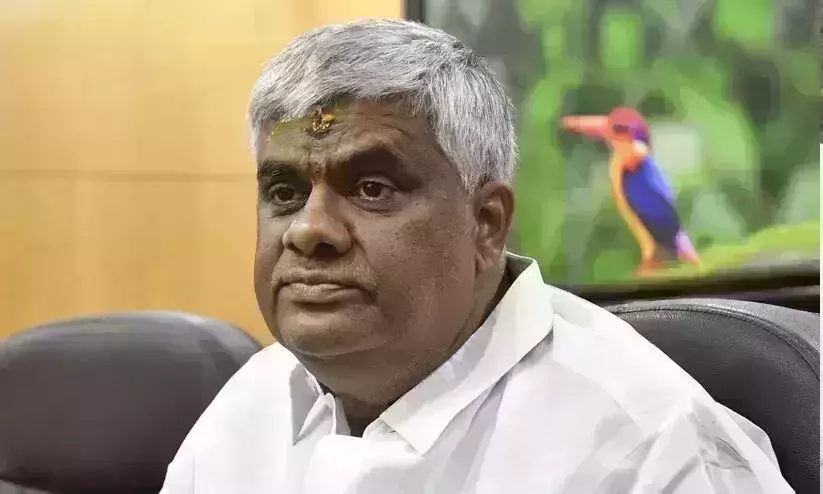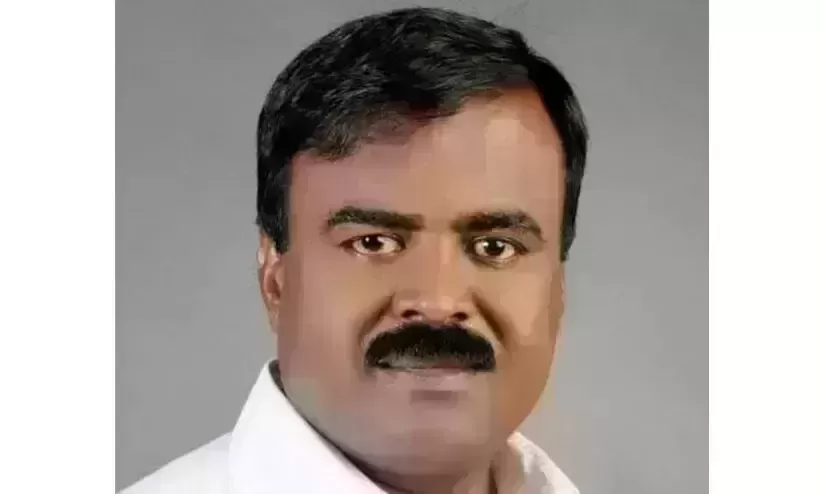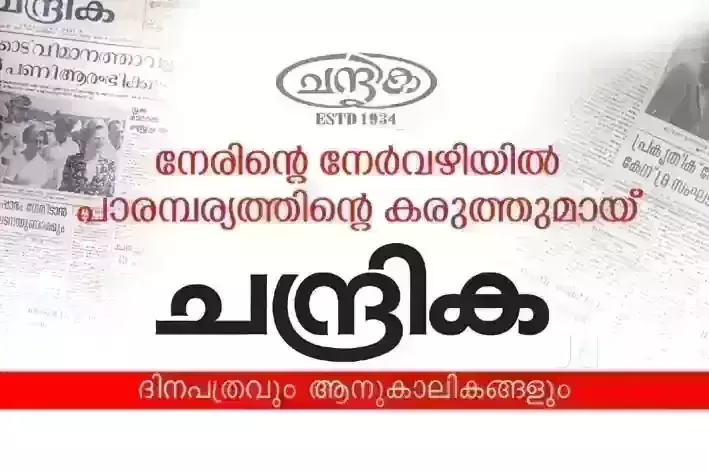
'Chandrika' that shed light for the backward community
text_fieldsChandrika newspaper, whose contributions helped largely the revival and progress of the Muslim community and other communities that were backward in literacy and education, is marking nine decades of its existence. Sayyid Sadiq Ali Shihab Thangal, the managing director of the daily, will open a year-long celebration on this proud moment today at its birthplace of Thalassery. On March 26, 1934, a clutch of community, political and cultural leaders—who were convinced of the need for a newspaper to bring to the mainstream the people (who suffered neglect and suppression for various historical reasons) alongside fighting for their rights, bringing their problems before the rulers—founded the newspaper in Thalassery, the educational and cultural centre of the then Malabar presidency. Back then, it wasn’t yet the mouthpiece of Muslim League. It was in 1935, the first branch of All India Muslim League came into being in Thalassery, and in 1937 it became the Malabar District Committee. Over the years, Chandrika evolved into the mouthpiece of the Muslim League. It turned out to be a daily in 1938 with K.K. Muhammad Shafi as the first editor. In 1946, the newspaper moved to Kozhikode. Nevertheless there were initial instances of skipping issues due to financial strain, publishers have since been alert to continue it uninterrupted. Late CH. Mohammad Koya was first appointed as editor in 1949. It is interesting to know that Chandrika was a nursery of sorts for many prominent Malayalam journalists.
Young writers and journalists of Chandrika worked from behind the scenes to help set up Kozhikode edition of leading daily Malayala Manorama. Budding writers of those times including U A Khadar, PA Muhammad Koya honed their skills in Chandrika Weekly when it started publication on July 15, 1950. Meanwhile, giants of Malayalam literature like Vaikom Muhammad Basheer, Thakazhi Sivashankarapillai, P. Kesavadev, Uroob, SK. Potekkatt, Mahakavi Vallathol frequently graced its pages. Despite the mark of being a community paper, Chandrika has continued to reflect the Muslim League's secular democratic stances and creative interactions.
There wasn’t an instance of CH Muhammad Koya's sharp pen and voice failing to clamour for the constitutional rights of Muslim community. So remained Chandrika’s past during his leadership. His successors like Rahim Mecheri continued with the tradition. It is true that the newspaper was not able to give room to all conflicting positions and views of different religious outfits in Muslim community. In matters related to it, the daily always stood by the party stand being its mouthpiece. Chandrika's stance on crises including the split in the Samasta Kerala Jamiatul Ulama, the split in the Muslim League itself, and the Muslim League-MES split should be viewed in this context. This situation prompted different organizations to start their own newspapers. Chandrika's inability to welcome timely reforms and changes may have its own reasons. Now, print media is facing existential threat globally, and is continuing only in countries like India and China. The digital age is shaking up paper media in a big way. Newspapers can only survive by assimilating the rapidly advancing technology and responding positively to the changes happening. A brutally competitive environment does not make this any easier. However, we wish all the best to the fellow being in its struggle to continue the mission in the face of emerging challenges.
























